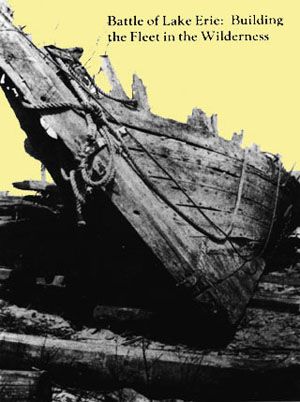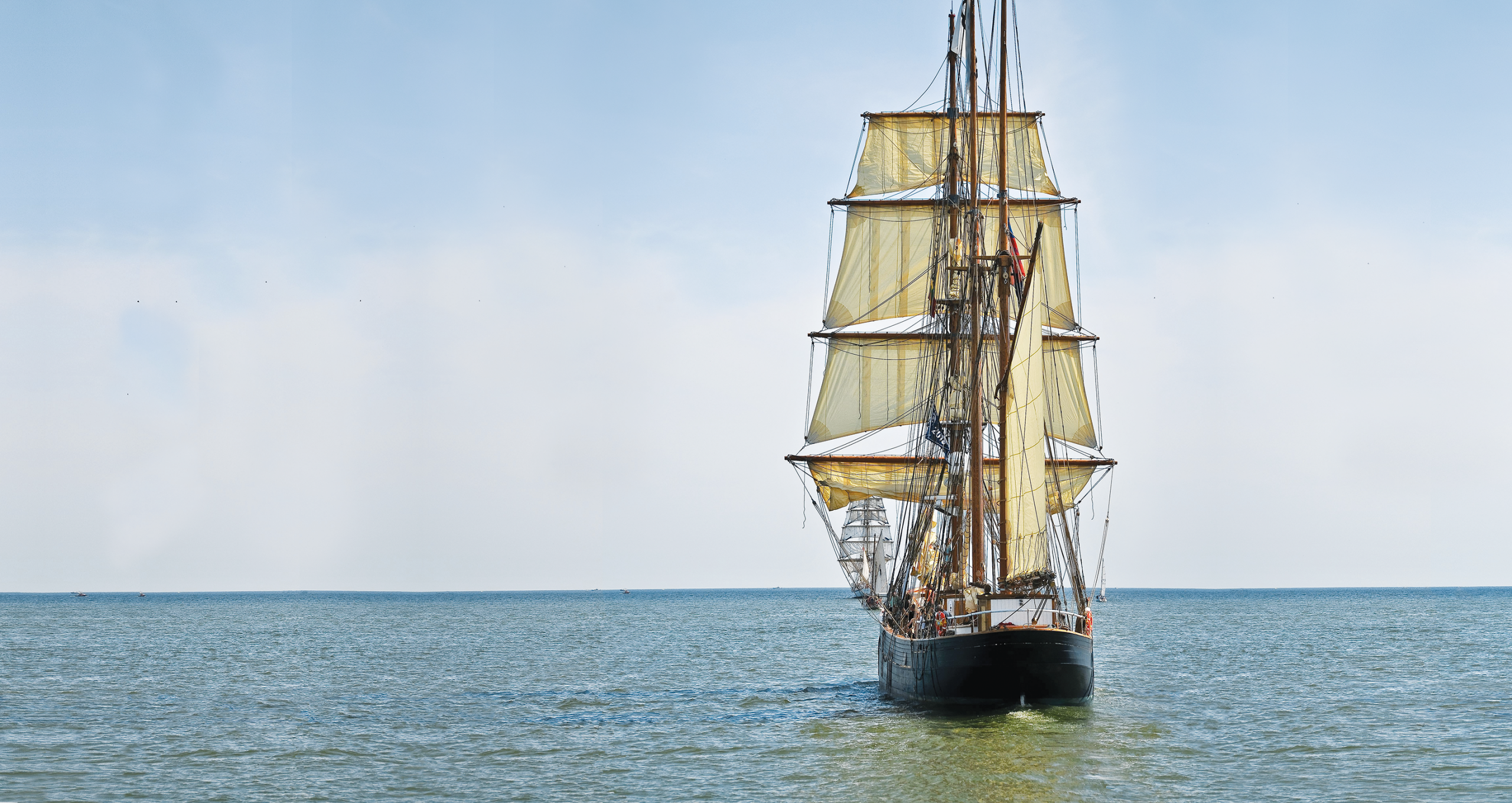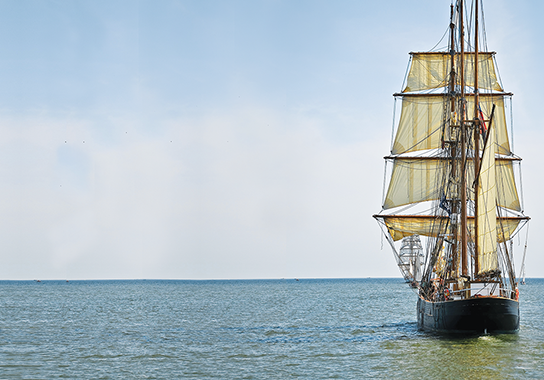
Stern view of USS Niagara just after she had been raised from Misery Bay, April 2, 1913. “Perry’s Victory Centennial Souvenir: The Niagara Keepsake,” p. 18.
by Radm. Denys W.Knoll, USN (Ret.)
Washington D.C.: Naval Historical Foundation Spring 1979
Beginning in 1615 missionaries and explorers, principally French, paid visits to the Presque Isle (now Erie, Pa.) region of Lake Erie but no permanent white settlement was made until 1794 because of hostile Indians. In 1753 the French permanently established a transportation system of land and water routes from the St. Lawrence River to the Mississippi River. It went via Lake Ontario with land portage at the Niagara escarpment, thence across Lake Erie to Presque Isle (Erie), where another 14-mile land portage to Fort LeBoeuf (Waterford) connected with French Creek which flowed into the Allegheny at Franklin, thence onward to the Ohio and Mississippi Rivers and ultimately to the French settlement at New Orleans.
France and England hoped in the late Eighteenth Century to extend their colonial boundaries westward, but French control in North America was doomed with the British victory at Quebec in 1795 during the French and Indian War (Seven Years War). With the Peace Treaty of 1783 (ending the Revolutionary War), the British lost control of the south shore of Lake Erie. Indians, normally very loyal to the British, continued to harass white settlers.



